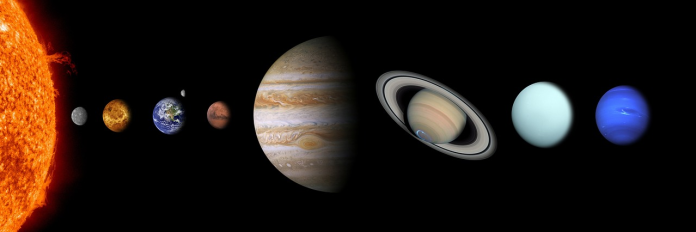
Rarely in recorded history have an object from outside the solar system been seen entering our celestial community. Now, Comet 3I/ATLAS the newest and largest such visitor is hurtling toward its perihelion, or closest pass by the Sun, allowing scientists and observers a brief opportunity to examine material from another star system before it disappears from sight.
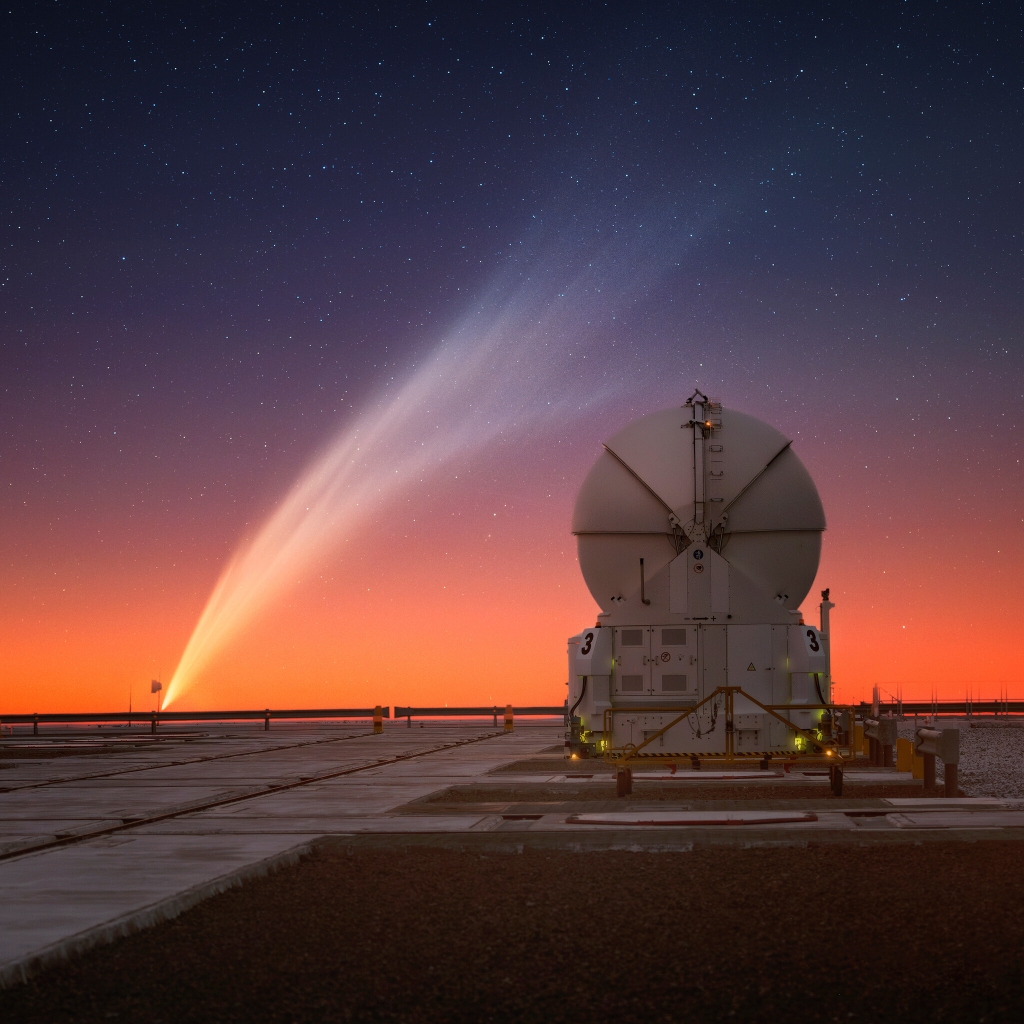
1. A Racing Guest from Constellation Sagittarius
First spotted on July 1, 2025, by NASA’s Asteroid Terrestrial-impact Last Alert System (ATLAS) telescope in Rio Hurtado, Chile, 3I/ATLAS was promptly identified as an interstellar comet. Pre-discovery images from June 14 showed its source from the Sagittarius direction. It is moving at a remarkable 152,000 mph on a flat, linear course an unusual path unlike other typical solar system objects, whose paths bend under the Sun’s gravity.
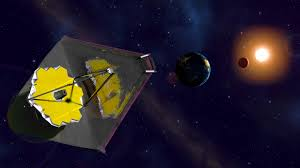
2. A Nucleus of Anomalous Mass
Measurements taken by the James Webb Space Telescope in early August quantified a mass loss of approximately 150 kilograms per second and gas ejection velocities at some 440 meters per second. When substituted into momentum-balance equations, these indicate a nucleus with a minimum mass of 33 billion tons and a diameter of more than five kilometers. Harvard astronomer Avi Loeb pointed out, “We should have found an order of 100,000 ‘Oumuamuas before ever finding an object as large as 3I/ATLAS,” emphasizing its uniqueness.

3. Composition and Outgassing
Webb and SPHEREx spectroscopy reveals a carbon-dioxide-dominated composition (87%), with minor carbon monoxide (9%) and water ice (4%) fractions. Trace amounts of nickel and cyanide without any iron present have also been found, a pairing Loeb explains is “only known to occur in industrially made alloys.” Most experts, including NASA’s Tom Statler, confirm it acts like a comet, but such aberrations have sparked controversy over whether or not it may be more than a natural object.
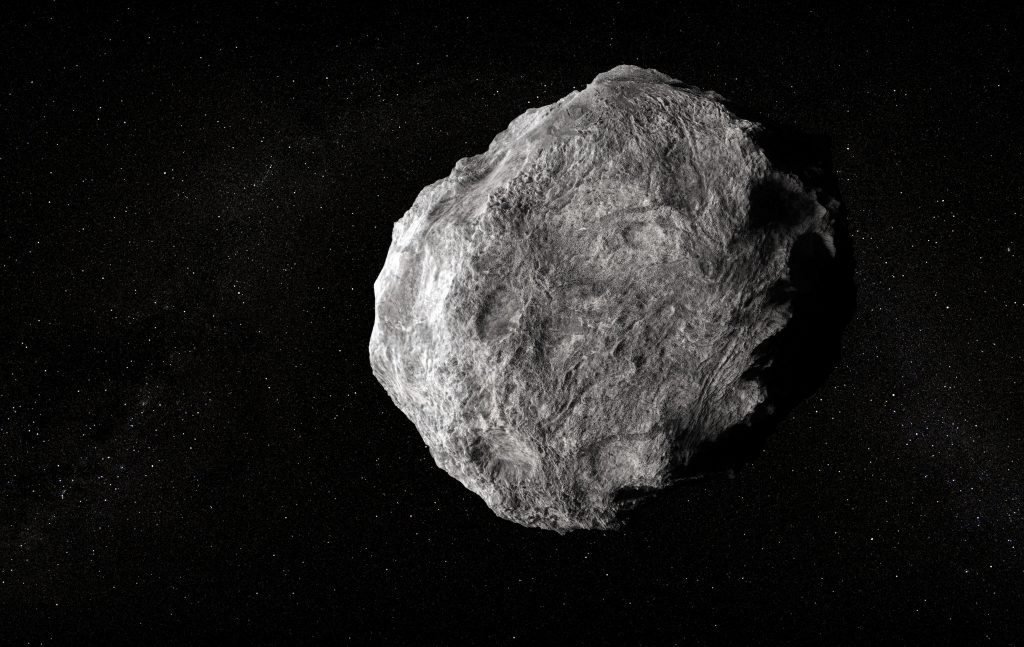
4. Tail Dynamics Defying Expectations
Unlike typical comets whose dust tails radiate away from the Sun from the effects of solar radiation pressure, 3I/ATLAS’s tail is strangely pointed toward it. Astronomers attribute this to the release of unusually big dust particles, hundreds of microns in size, from the side of the Sun. These are too heavy to be radiated outward, and instead drift at only roughly one meter per second a indication that the comet is presently weakly active.
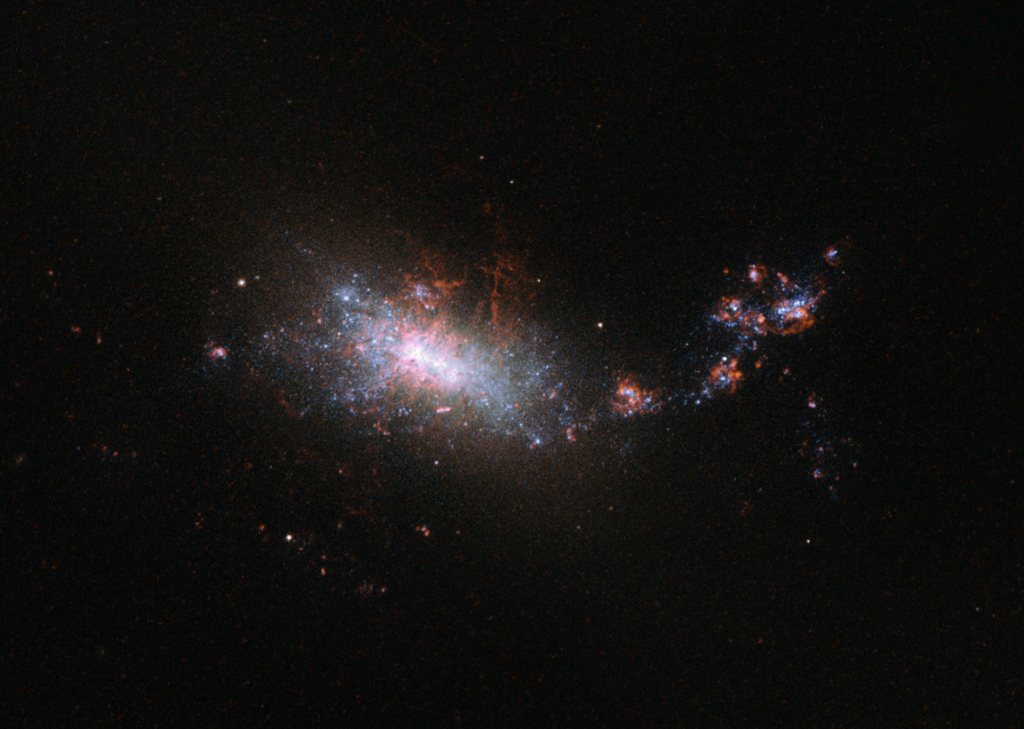
5. Galactic Origins and Age
Numerical simulations by Shokhruz Kakharov and Loeb, with the GalPot galactic potential model, took 3I/ATLAS back to the thick disk of the Milky Way a region inhabited by older lower-metallicity stars. Their own analysis places it as the oldest of the three known interstellar visitors, with a median age of 4.6 billion years. This points towards ejection from a planetary system well beyond its phase of formation, possibly through gravitational scattering or processes of stellar evolution.
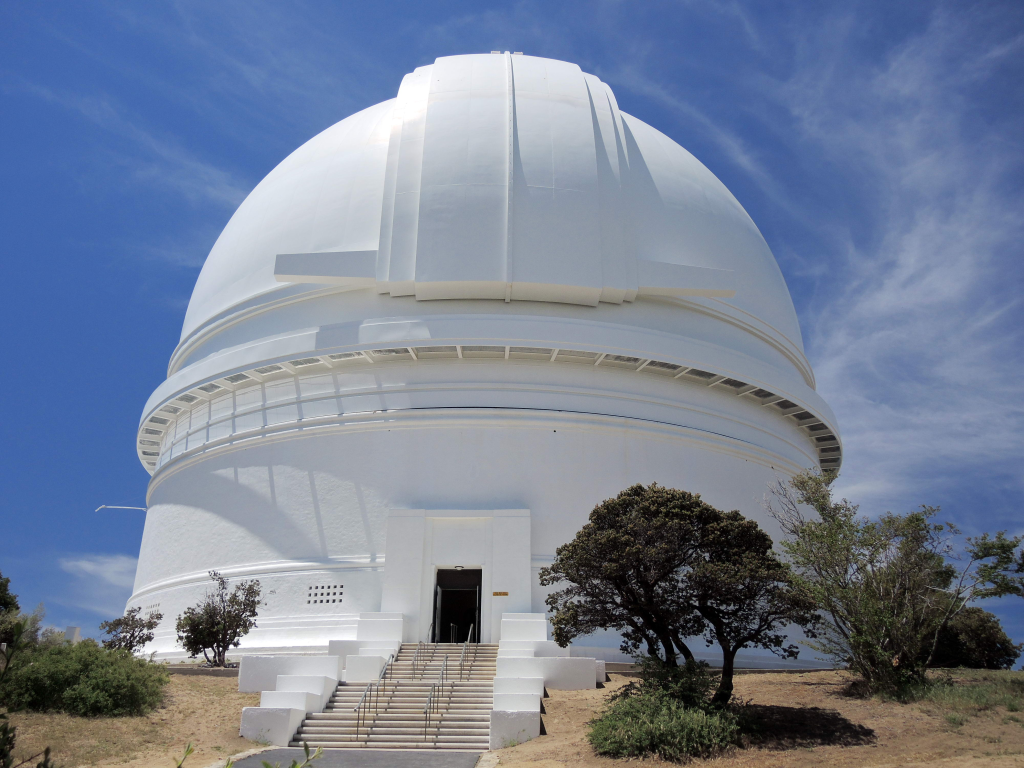
6. Detection Technology and Observation Window
Ground-based surveys such as ATLAS and the Zwicky Transient Facility at Palomar Observatory made the first and subsequent detections, collecting more than 4,000 astrometric measurements from 227 observatories around the globe. High-resolution images from the Hubble Space Telescope have isolated the nucleus from its coma, making size estimates more precise. The comet will be observable until late September before solar conjunction, returning in early December.
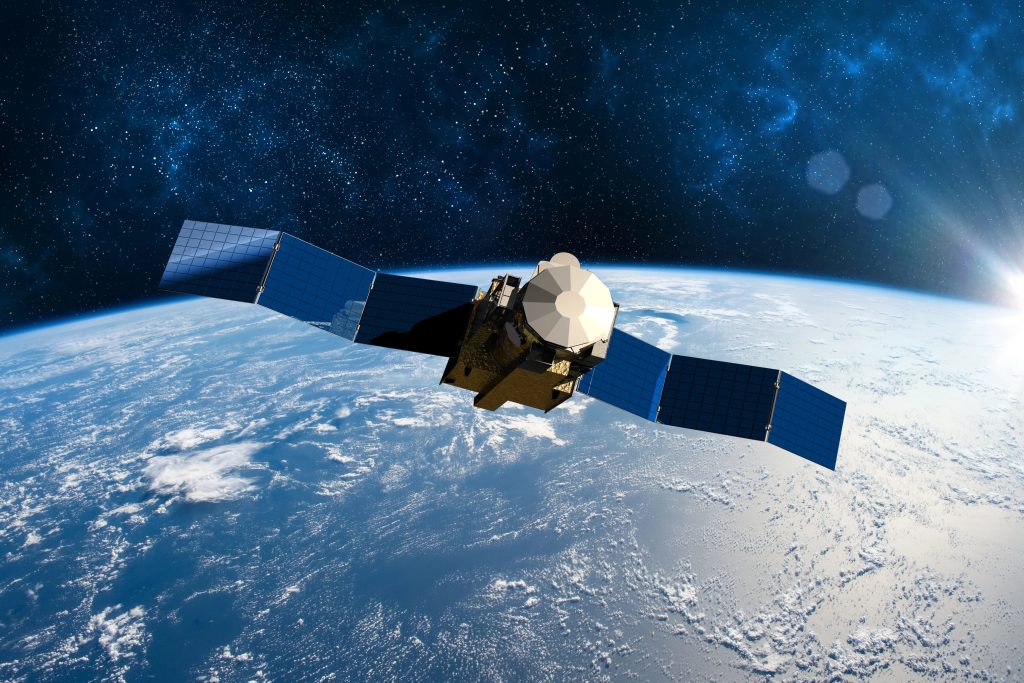
7. Near Misses and Spacecraft Opportunities
3I/ATLAS will fly just inside Mars’ orbit on October 3, within 1.67 million miles of it. Loeb has proposed that spacecraft near Mars, including NASA’s Mars Reconnaissance Orbiter, might try to make observations. It will fly close to Jupiter in March next year, close enough for NASA’s Juno mission to possibly collect data. These flybys have the potential to provide high-resolution measurements of its surface area and composition.
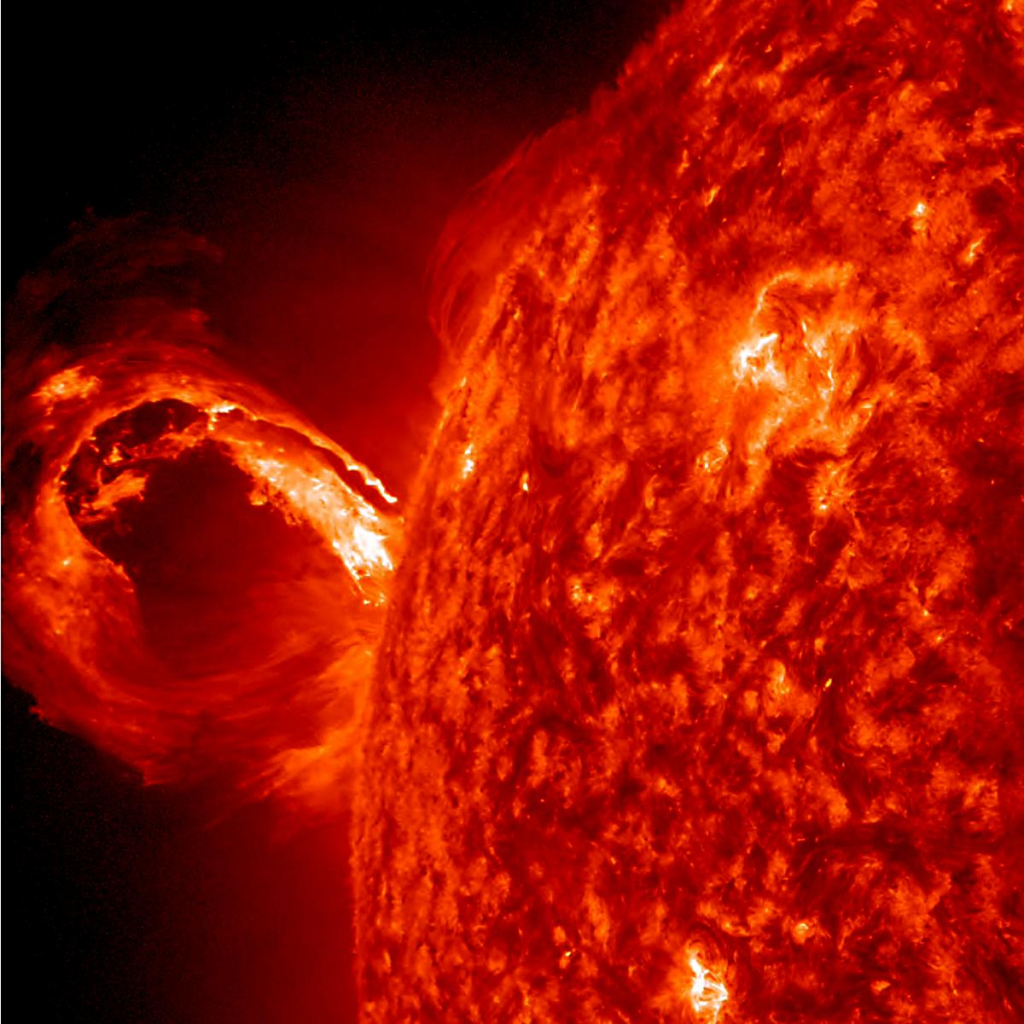
8. Solar Activity and CME Impact
NASA predictions suggest a coronal mass ejection (CME) could have hit 3I/ATLAS on September 25. Such activity has been known to briefly sever comet tails, as in the case of Comet Encke in 2007. Because 3I/ATLAS is so massive, its course would not be affected, but the tail of the comet might be drastically reshaped an excellent chance to observe how interstellar comets react to solar magnetic disturbances.
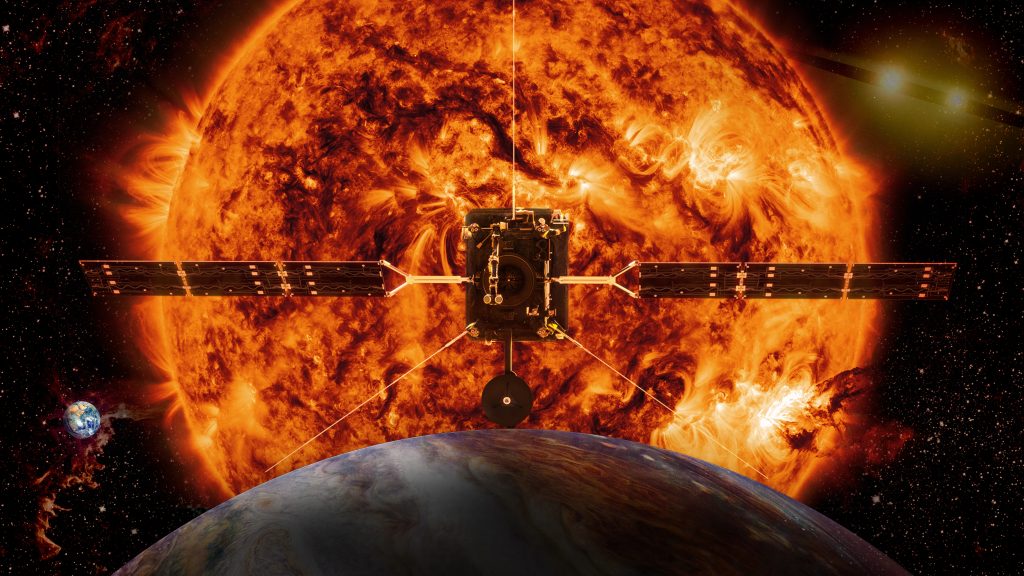
The brief window of visibility of 3I/ATLAS confirms the value of swift, concerted observation. As Loeb noted, “The way to tell the difference between a dogmatist and a curious scientist is by flooding them with data.” For astronomers, every second leading up to the comet’s disappearance behind the Sun is an opportunity to record unparalleled information about the nature of matter from outside the solar system.
